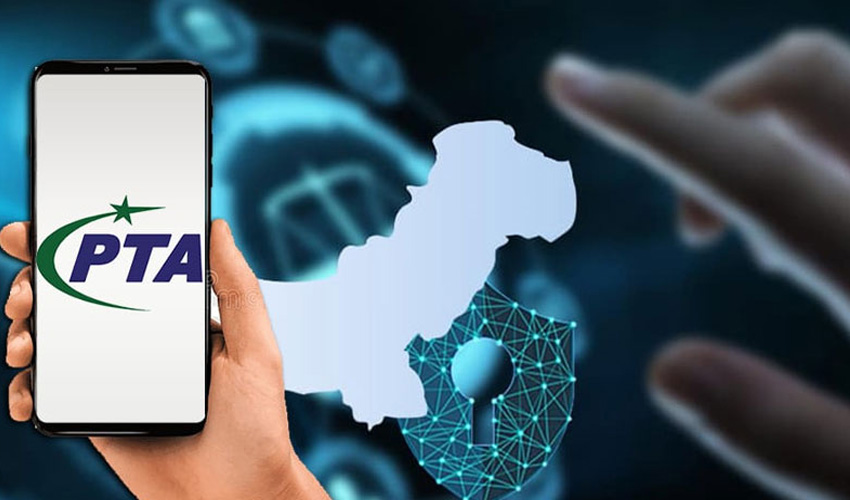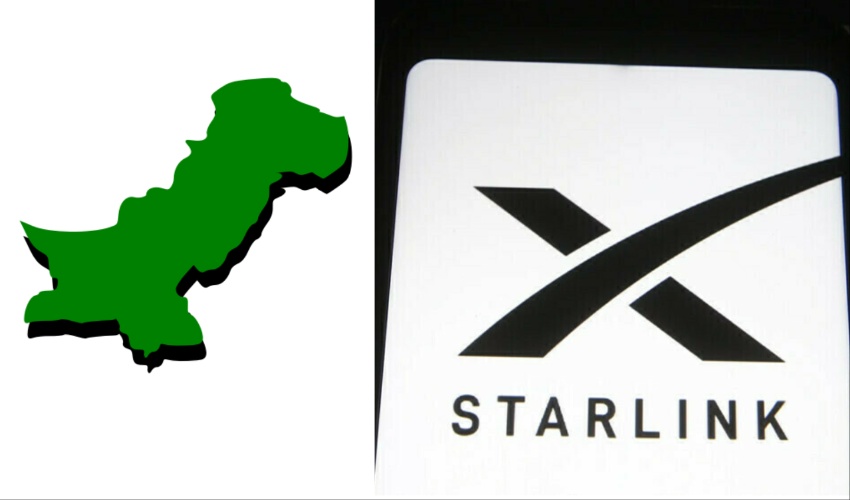The Pakistan Telecommunication Authority (PTA) has confirmed that a significant global IT outage, triggered by a flawed update from cybersecurity firm CrowdStrike, has disrupted Microsoft services for users in Pakistan.
On Friday, a malfunction in a cybersecurity update caused widespread chaos, affecting computer systems around the world. The issue, which led to disruptions in various sectors including aviation, broadcasting, and financial services, also impacted Microsoft services in Pakistan.
The faulty update resulted in many PCs and servers entering a recovery boot loop, preventing them from starting up properly.
In response to the disruption, the PTA issued a statement informing users of the problem. “This outage also affected Microsoft consumers in Pakistan. The faulty update led to PCs and servers being stuck in a recovery boot loop, and some internet services are experiencing issues as well,” the statement read.
The PTA further advised Microsoft users to update their software via the support portal to restore normal service. According to CrowdStrike’s website, the issue has been identified, isolated, and resolved.
The global cyber incident, which originated from a problematic update to CrowdStrike’s security product, had far-reaching effects. Microsoft later confirmed that the issue had been rectified. However, the repercussions were felt worldwide, with banks and financial institutions from Australia to Germany reporting disruptions. Traders across various markets also encountered difficulties executing transactions, with one trader describing the situation as “the mother of all global market outages.”
In Britain, the outage led to significant disruptions, including offline booking systems for doctors and interruptions in broadcasting. Sky News, a major news network, had to suspend live transmissions, while Manchester United postponed the release of tickets for an upcoming match.
The PTA’s advisory underscores the importance of staying updated with software patches to mitigate the impact of such widespread technological disruptions.


























